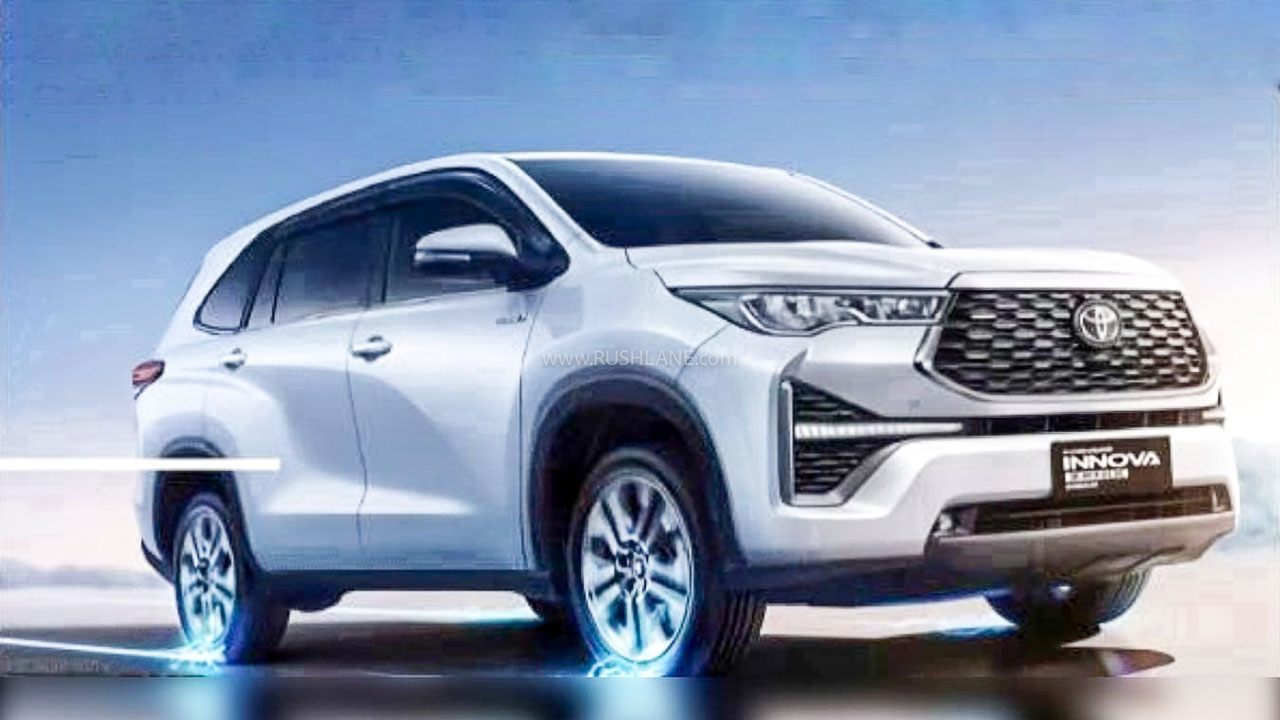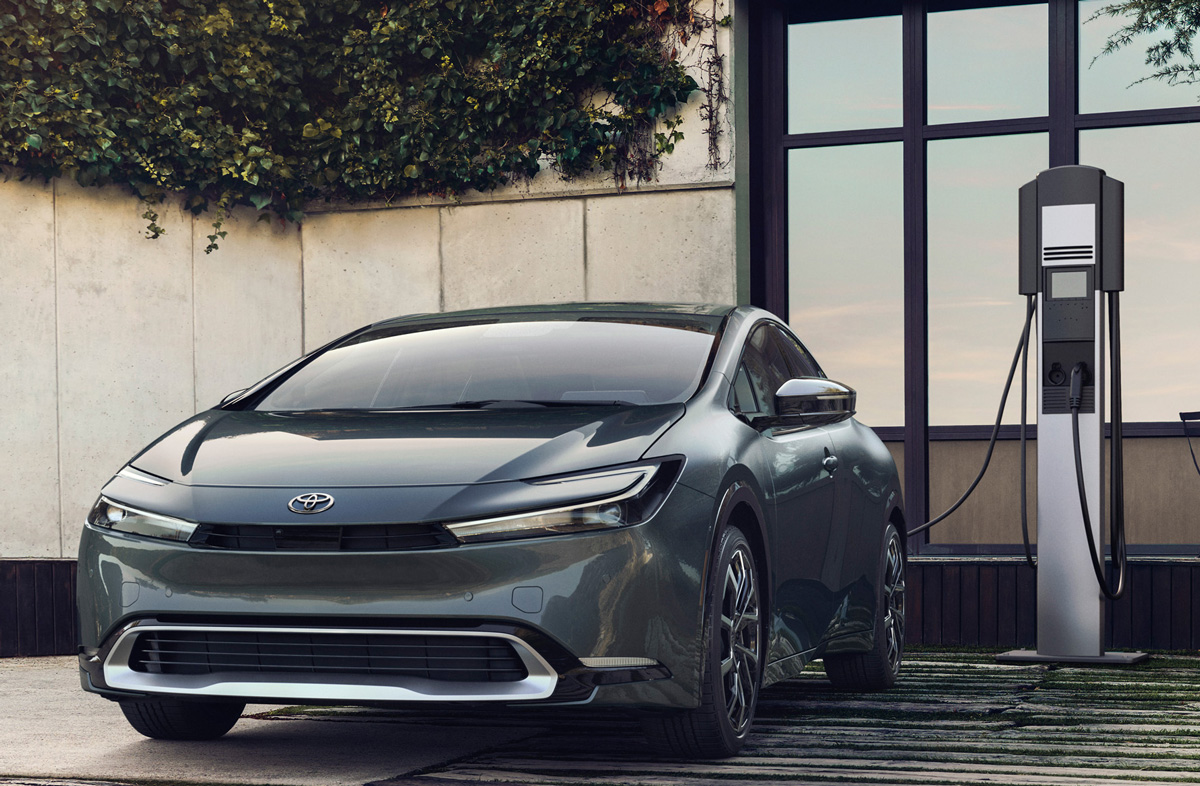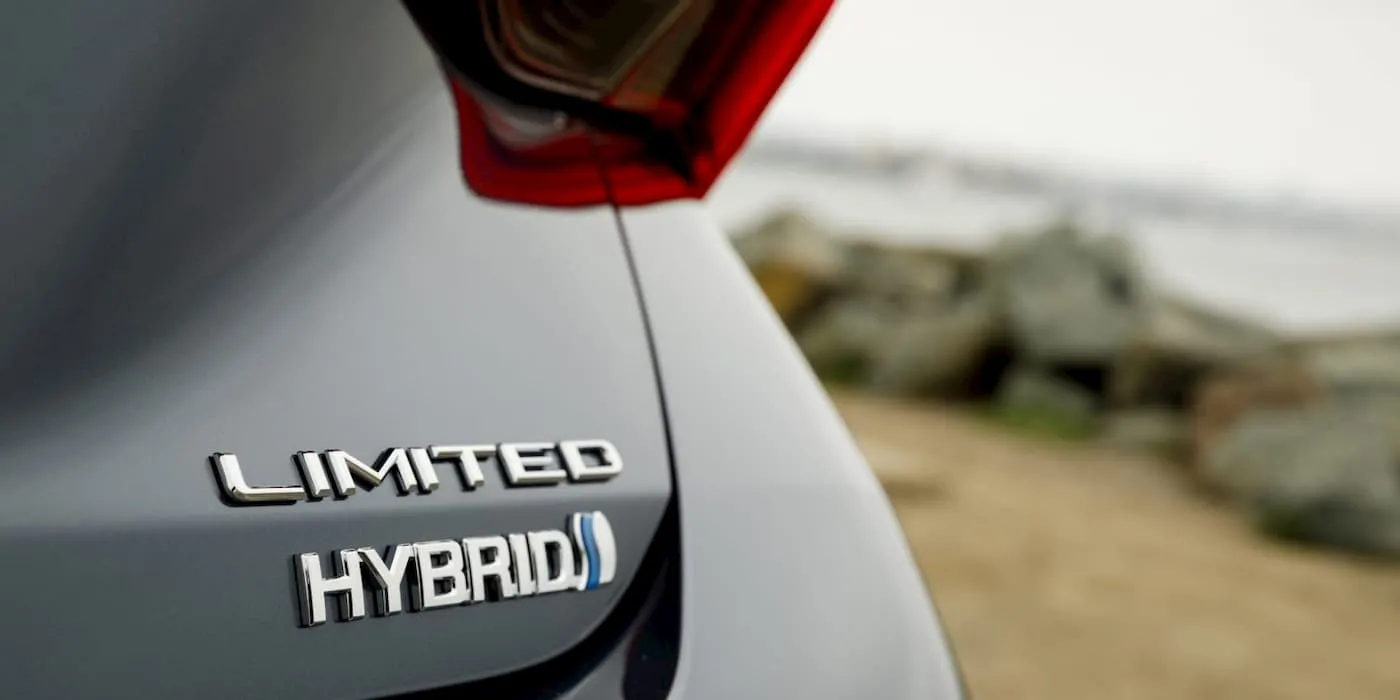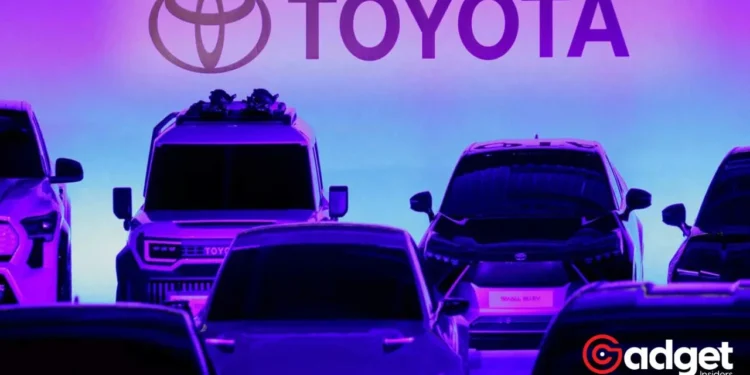In the rapidly evolving automotive landscape, where electric vehicles (EVs) are increasingly becoming the norm, Toyota’s CEO, Ted Ogawa, presents a divergent viewpoint, challenging the mainstream rush towards full electrification. Ogawa’s perspective sheds light on Toyota’s strategic approach to electrification, emphasizing a broader vision that includes a significant role for hybrids. This approach not only highlights the company’s commitment to sustainability but also underlines the complexities and challenges facing the automotive industry in its transition to electric mobility.

The Hybrid Approach: Balancing Innovation with Practicality
Toyota’s decision to focus on hybrid vehicles, rather than fully committing to battery electric vehicles (BEVs), is rooted in a practical assessment of current market dynamics and consumer preferences. Ogawa’s bold statement, “Wasted investment is worse than the credit purchase,” underscores a cautious approach to electrification, prioritizing investments that align with the company’s long-term vision and market demand.
Hybrids, which combine traditional combustion engines with electric power, offer a compromise between the old and the new, providing consumers with more fuel-efficient options without the range anxiety associated with fully electric cars. This strategy not only caters to a significant segment of consumers who may not be ready to transition fully to electric vehicles but also positions Toyota as a pragmatic innovator in the automotive sector.

Navigating Market Realities and Regulatory Challenges
Toyota’s emphasis on hybrids is not without its challenges, especially in light of stringent emissions regulations and the ambitious targets set by agencies such as the Environmental Protection Agency (EPA). The discrepancy between the EPA’s goal for a 60% share of new vehicles being electric by 2030 and Ogawa’s forecast of only 30% highlights the regulatory hurdles the automobile giant faces. To navigate these challenges, it is investing in credit purchases as a means to comply with regulatory standards while continuing to develop its hybrid and EV offerings.
Right or wrong, that this headline even exists—that people are asking the question—is a vindication for Toyota’s hybrid-focused strategy.
Few years back I remember people literally calling the strategy climate denial. pic.twitter.com/uMsRK2tp6M
— Rory Johnston (@Rory_Johnston) March 3, 2024
The investment in a $13.9 million battery complex in North Carolina is a testament to the company’s commitment to electrification, signaling a balanced approach to developing both hybrid and electric vehicles for the North American market. This initiative reflects Toyota’s understanding of the need to balance regulatory compliance with market demand, ensuring that the company remains competitive in a rapidly changing industry.
Toyota’s Stance on EV Adoption: A Conservative Yet Strategic Outlook
Toyota’s conservative perspective on EV adoption, as articulated by Ogawa, mirrors broader industry dynamics and the competitive landscape, particularly with the potential entry of Chinese automakers into the US market. This cautious stance, however, does not signify a lack of innovation or a disregard for the importance of electric vehicles. Instead, it highlights the company’s strategic focus on offering a diversified product lineup that meets the varying needs of consumers.
Despite lagging behind competitors like Tesla in pure EV sales, Toyota’s focus on hybrids and the development of supporting infrastructure, such as home charging solutions and energy management systems, demonstrates a comprehensive approach to electrification. This strategy not only addresses the immediate market demand but also positions the company to adapt to future shifts in consumer preferences and technological advancements.

Toyota’s Vision for an Electrified Future
As the automotive industry continues to embrace electrification, Toyota’s approach, characterized by a balanced investment in hybrids and electric vehicles, reflects a deep understanding of the complexities involved in transitioning to a more sustainable future. By prioritizing practicality, regulatory compliance, and market demand, Toyota is navigating the challenges of electrification with a clear vision, ensuring that the company remains a key player in the global automotive landscape for years to come.









